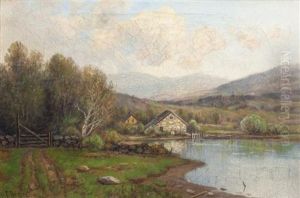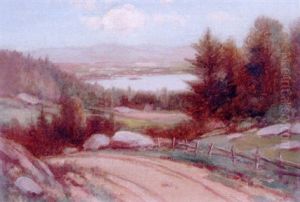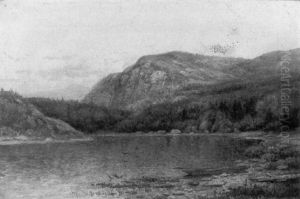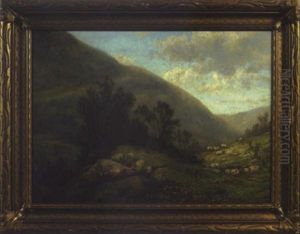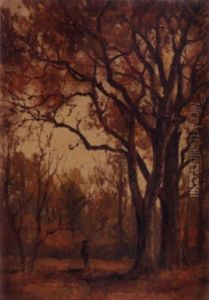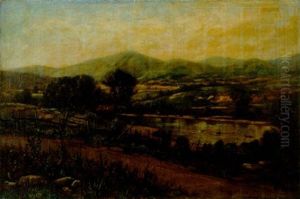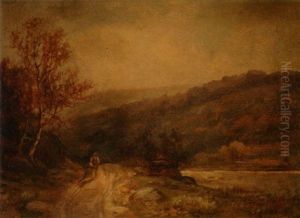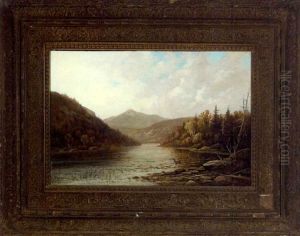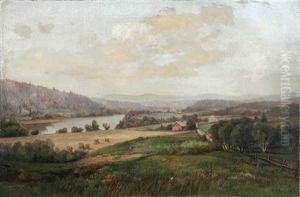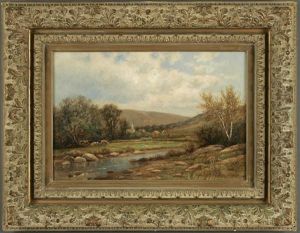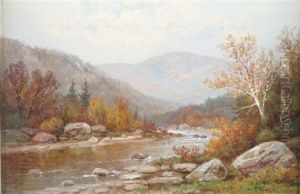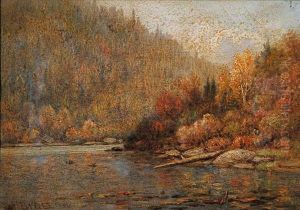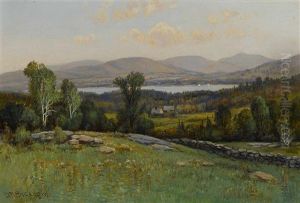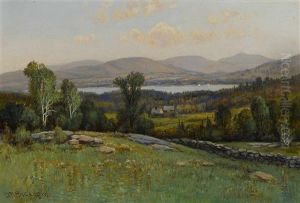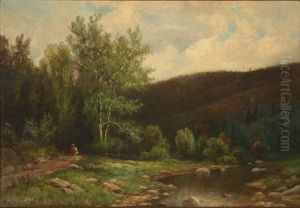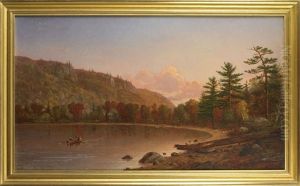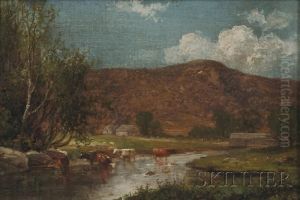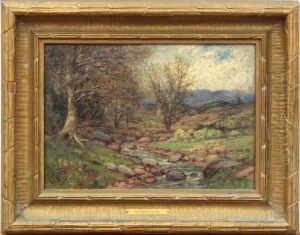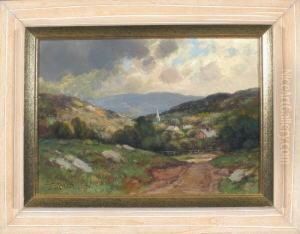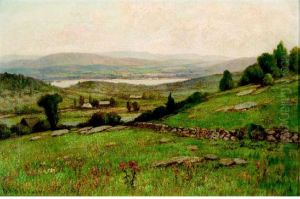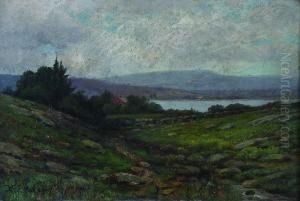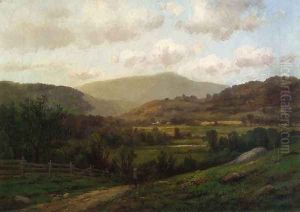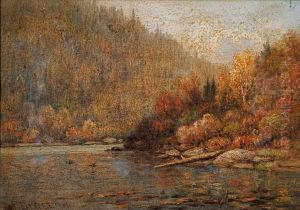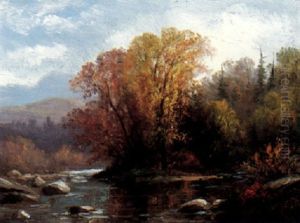Daniel Folger Bigelow Paintings
Daniel Folger Bigelow was an American artist known for his contributions as a portrait painter in the 19th century. Born on January 5, 1823, in Massachusetts, Bigelow developed an interest in the arts at a young age. While he is primarily recognized for his work in painting, he was also a prominent figure in public life, serving as a lawyer, politician, and a respected member of his community in Olympia, Washington.
Bigelow's education in art began in the northeastern United States, where he honed his skills as a portraitist. In the 1850s, he moved to the Pacific Northwest, which was then a frontier region. There, he continued to work on his art while also becoming actively involved in the development of the area. His dual roles as an artist and public servant were not uncommon during this time, as many individuals took on multiple roles in the burgeoning communities of the expanding United States.
Throughout his life, Bigelow painted numerous portraits, capturing the likenesses of important local figures and ordinary citizens alike. His work provides a valuable visual record of the people who were instrumental in the development of the Washington Territory during the mid to late 1800s. Although not as widely known as some of his contemporaries, Bigelow's portraits are appreciated for their historical significance and craftsmanship.
Beyond his artistic contributions, Daniel Folger Bigelow made a lasting impact on his adopted state of Washington. He was deeply involved in the political and legal spheres, serving as a member of the Washington Territorial Legislature and as a judge. His dedication to public service was evident in his participation in various civic activities and his commitment to the growth and governance of the region.
Daniel Folger Bigelow passed away on August 5, 1910, in Olympia, Washington. Today, his legacy is preserved through his artworks that continue to be of interest to historians and art enthusiasts, as well as through the institutions and legal frameworks that he helped to establish in the state of Washington. His life's work reflects the diverse roles that individuals played in shaping the cultural and political landscapes of the United States during the 19th century.
